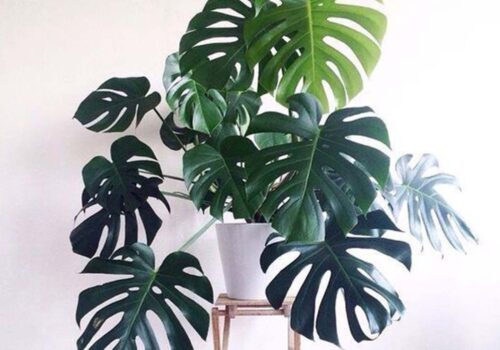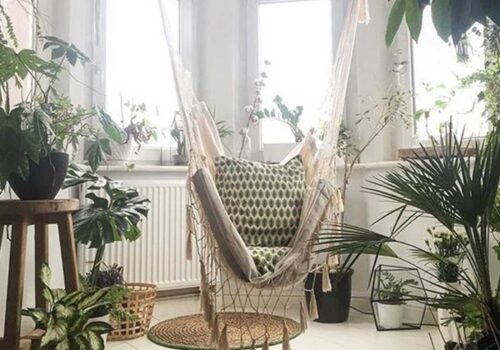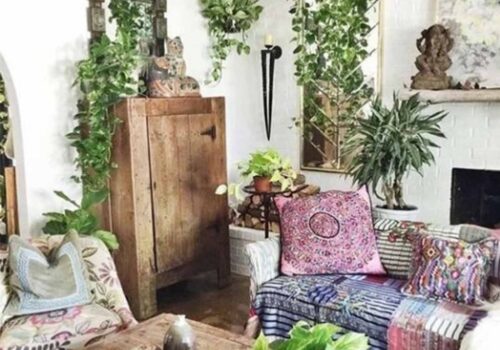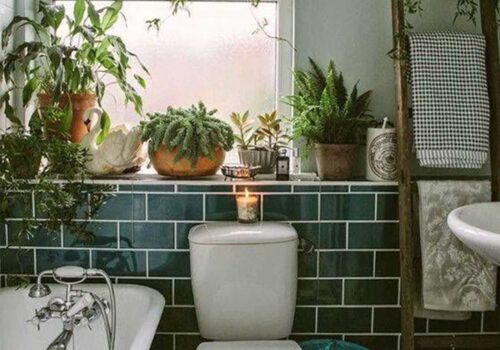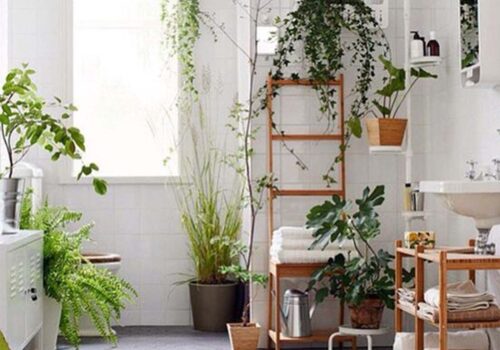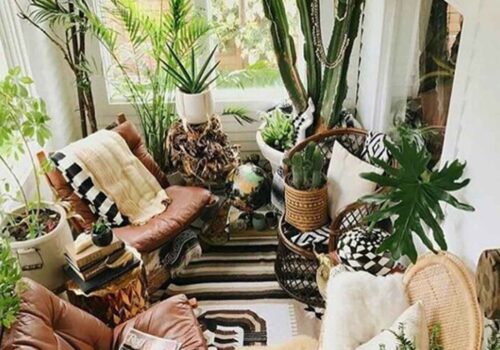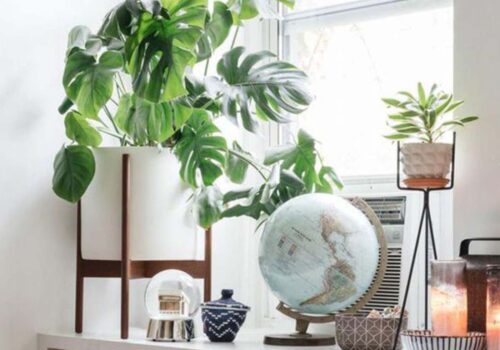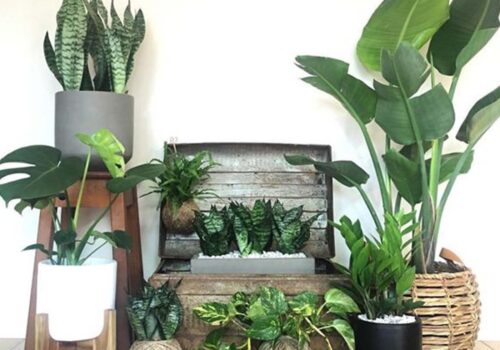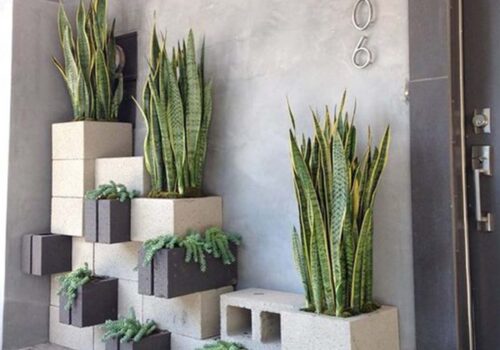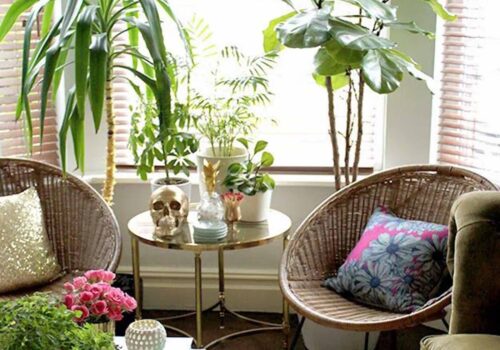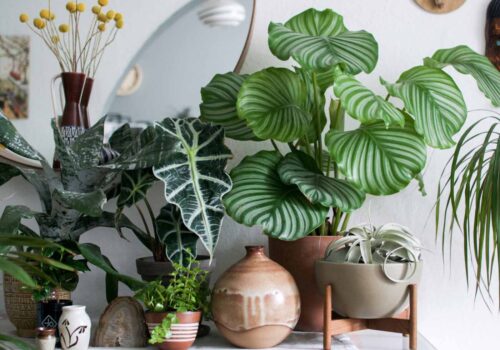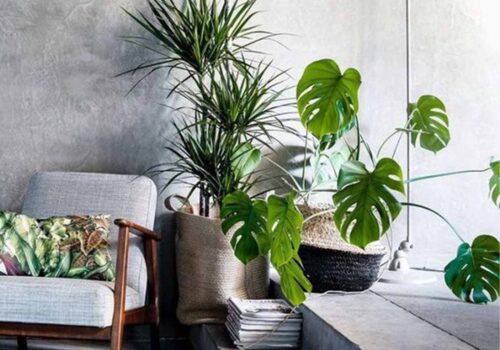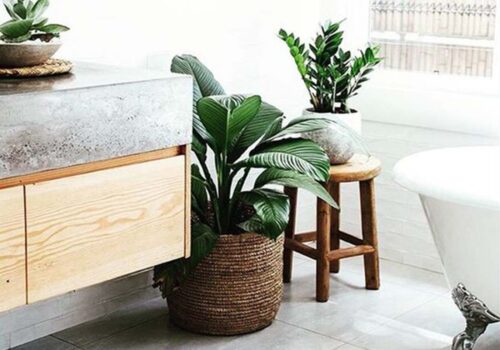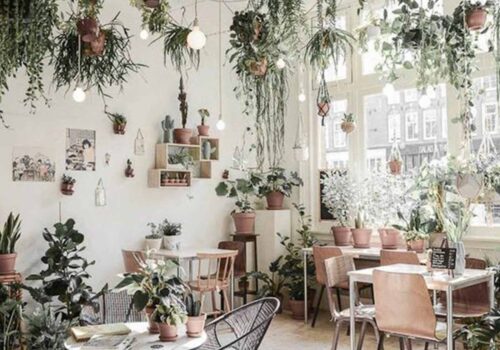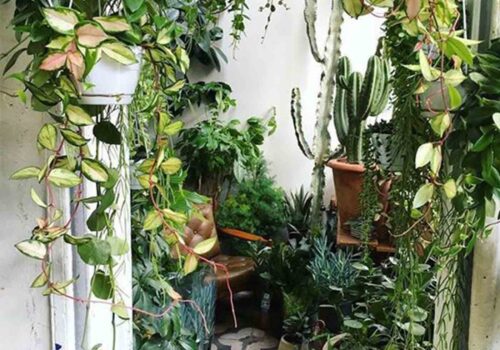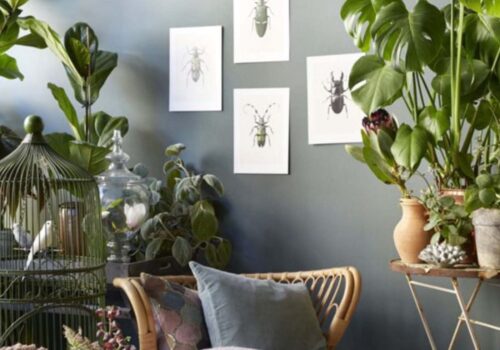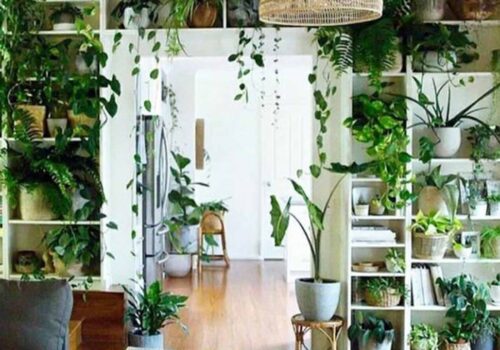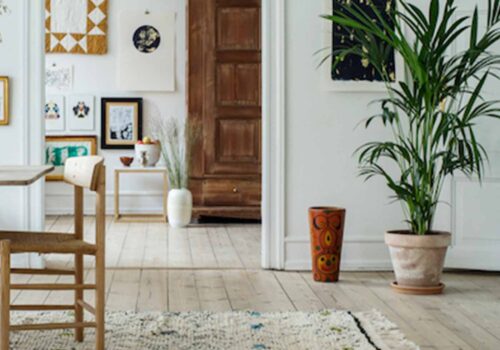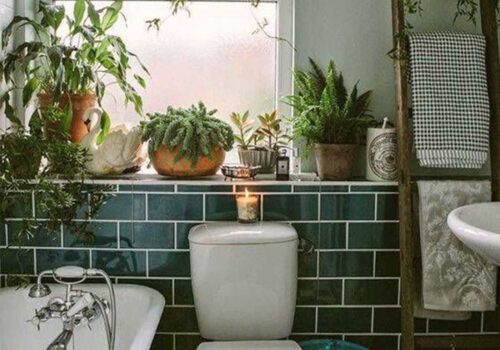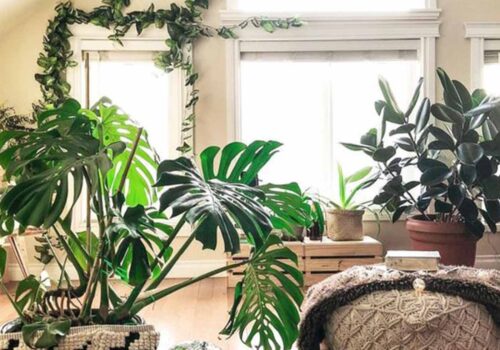Urban Jungles

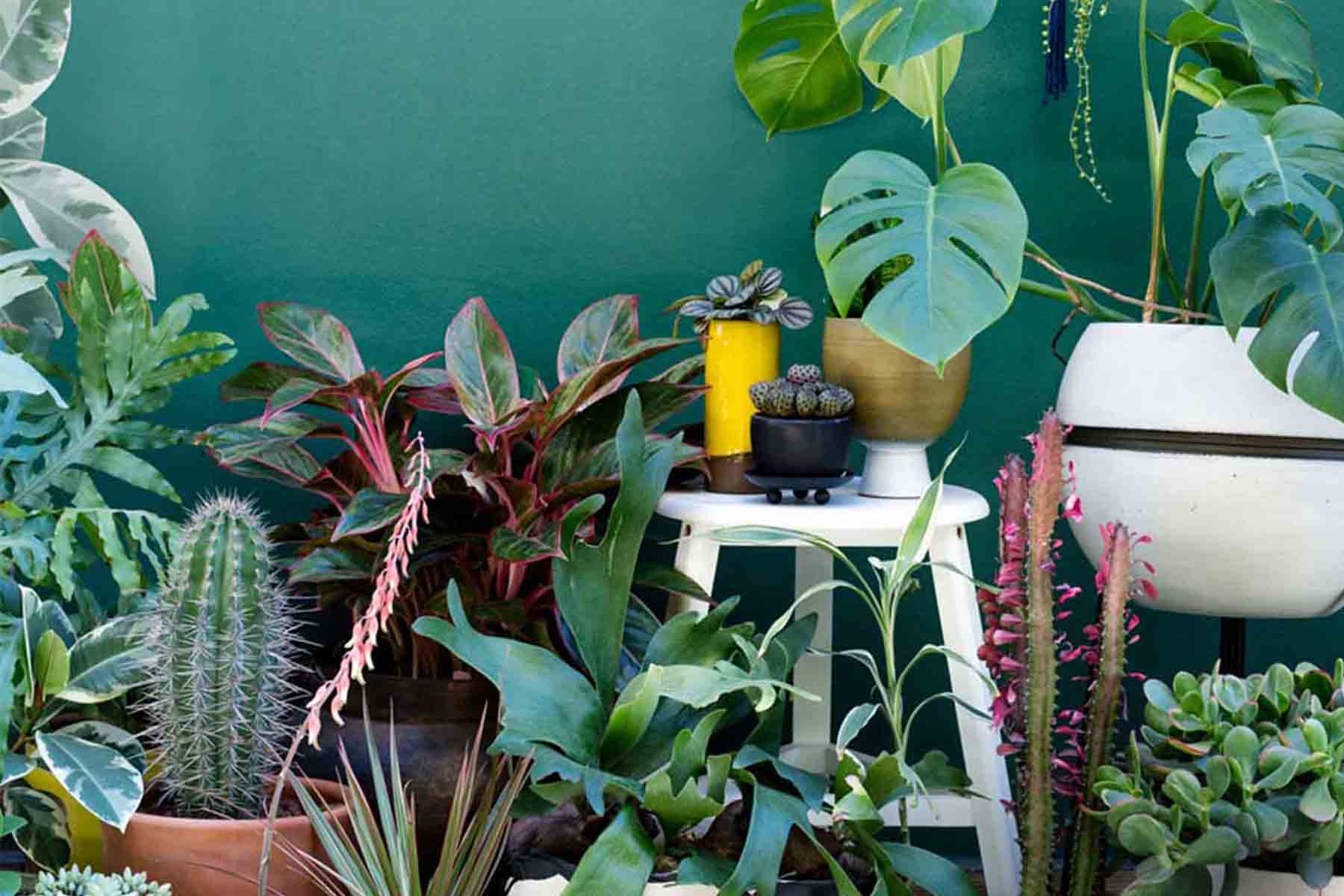
The idea of bringing the outside in by decorating the home with greenery has been around for centuries, albeit some eras in a more trend-led capacity than others. For example, Victorian homes were rarely complete without a Parlour Palm or Aspidistra (nicknamed ‘cast iron plant’ owing to its hardy nature and ability to withstand low levels of light, fumes from coal-fuelled open fires and extremes of temperature) in the corner. The 70s certainly wouldn’t have been the same without ferns and spider plants alongside the macrame wall hangings and shag pile rugs, either.
Houseplants have made a roaring comeback in recent years; first cacti, then other succulents, and finally large-leaved giants like Strelitzia (Bird of Paradise) began dominating not only our planters, but also our walls, upholstery, and soft furnishings. The interior world has gone wild for all things flora lately, and we ain’t complaining. Houseplants make a house a home; they help inject personality and life into a space and have been proven to improve overall health and wellbeing, too.
Houseplants add colour and life into a home, and are a relatively cheap and easy way to update a space without structural changes or the need for new furniture. In addition, there is scientific evidence to suggest that introducing plants into your living space is actually good for you! Houseplants reduce atmospheric pollution (including allergy-inducing dust) and even reduce blood pressure, increase productivity and lower stress levels. A well-cared-for and healthy plant improves your indoor home life tenfold, filtering out pollutants and helping to clean the air you breathe every day. Caring for and nurturing plants also has therapeutic effect; surrounding yourself with plants you’ve helped grow and watched evolve is incredibly satisfying, helping to promote positive mental health and an increased sense of wellbeing.
Large, leafy tropical plants are certainly having a moment right now (particularly on Pinterest); designer and potter Jonathan Adler helping reignite interest in the Fiddle-Leaf Fig, a plant that had been MIA in homes since the 70s. These, along with others like the Monstera Deliciosa and Boston Fern, are relatively easy to care for, grow quickly and offer an instant shot of greenery. Urban living is on the increase, our homes getting ever smaller and more compact, yet our proximity to nature has been proven to increase health and wellbeing. Balance the two by bringing the outside in and creating your very own urban jungle (yes, even in your tiny rental flat). Here are our top tips for introducing greenery into your home.
Be Honest: how much commitment can you handle?
If you’re seldom at home in the evenings, or away every weekend, consider introducing plants that require little to no care. Succulents like Aloes are a good starting point, as well as air plants; which don’t even need soil in order to grow. Simply rest them on surfaces or in a terrarium and mist them every couple of weeks.
Consider Environments: where do the plants naturally thrive?
It’s probably best if you leave cacti out of the bathroom. Considering these spiky devils grow in dry desert environments, the humidity in a bathroom isn’t going to give them the best chance at life. Things like ferns however, absolutely love being in a warm, damp place – so go to town placing them all round your bath! Succulents do best on a windowsill where they can have access to direct, unfiltered sunlight.
Experiment: don’t settle for just the ‘easy option’
When it comes to planning your indoor jungle, don’t play it safe and opt for just one sort of plant. You may well surprise yourself with your gardening ability and a lot of houseplants are easier to care for, and require far less maintenance than people expect. Just because a plant is small, doesn’t mean it’s low maintenance, and vice versa. Larger plants like Mother-in-Law’s Tongue and Spider Plants are incredibly easy to care for and can transform a room instantly. Variety is key to creating an effective urban jungle; consider the heights of plants as well as the shape and colour of their leaves. Look for things that trail, like String of Hearts, as well as plants that can be suspended from the ceiling in hanging baskets. Make your space unique, too, by potting plants in interesting containers such as empty candle jars, teacups, or vintage plant pots, and standing them on stacks of books or magazines.
When it comes to choosing and caring for houseplants, its all about experimentation. Remember that every home is different, and not every plant will love your unique combination of light, temperature and environmental factors. Once you know what works and have a flourishing indoor garden, however, you’ll come to appreciate your hard work and be able to reap the benefits and enjoy the wonderful sense of wellbeing that comes from caring for and nurturing your own urban jungle.
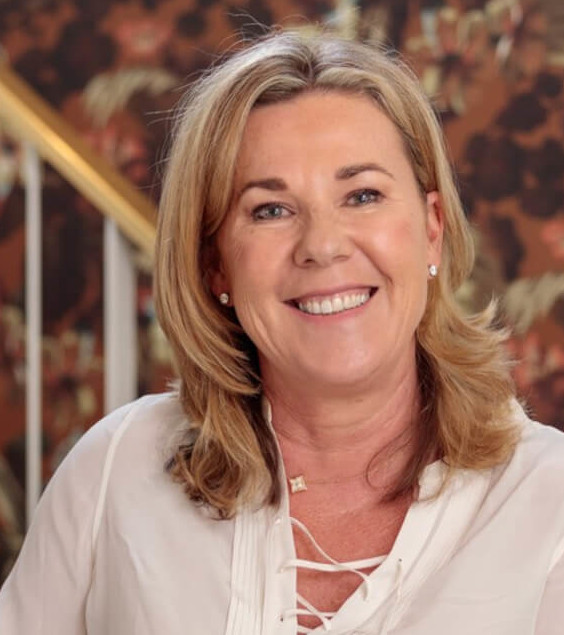
Looking for interior inspiration? Explore our recent work or contact us for a design consultation
Find InspirationRelated Stories
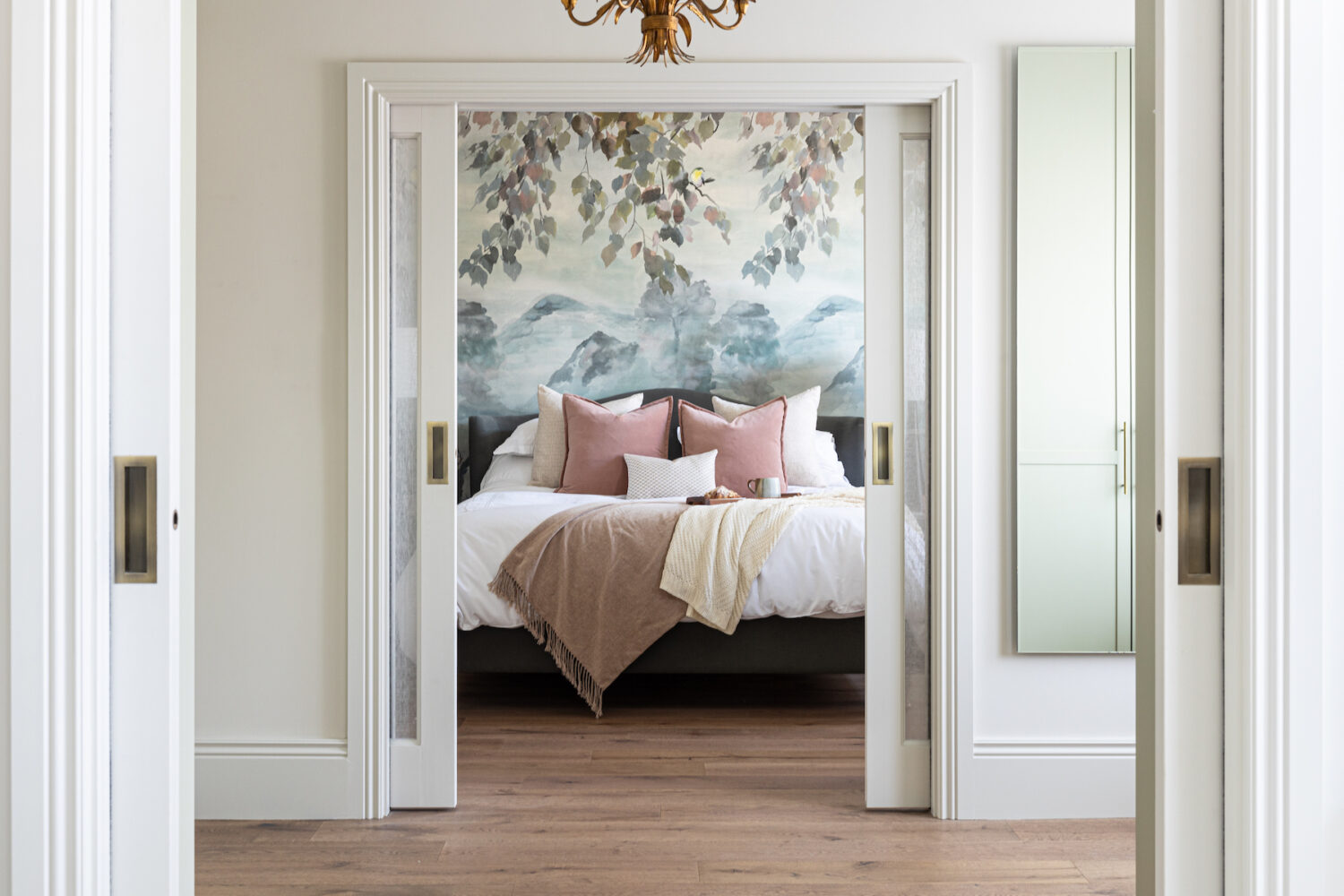
Interior Architecture VS Interior Design
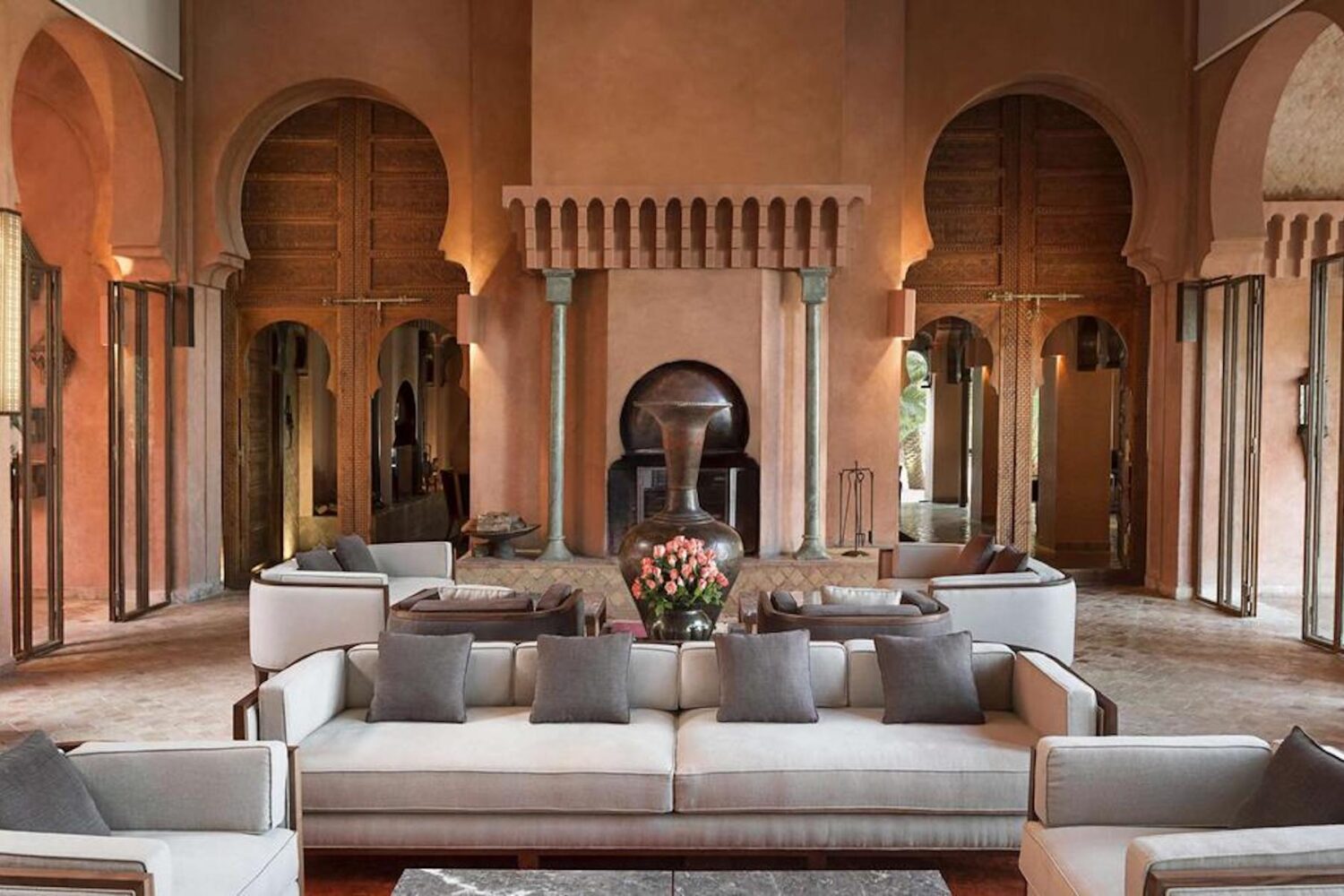
9 Must See Beautiful Interiors in The Hospitality Sector
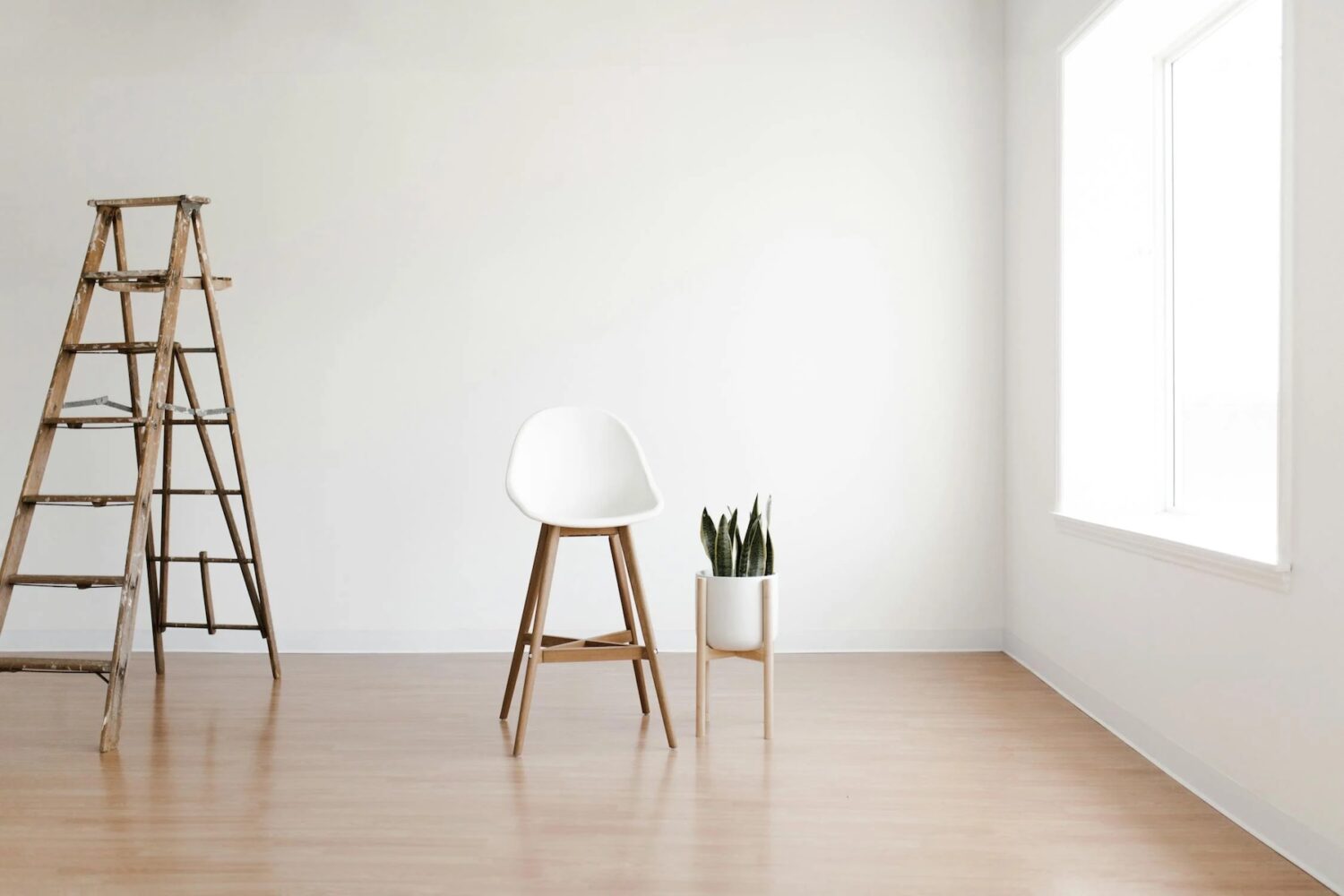
Interior Design Disasters We’re Saying Goodbye to in 2024


